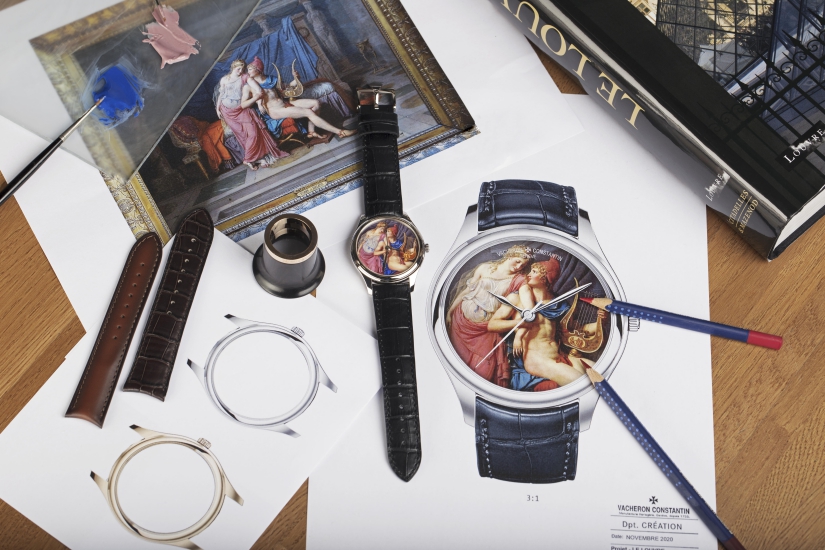Friends who have visited the Louvre Museum must be familiar with the three major “masterpieces” in the museum: “Mona Lisa,” “Vénus de Milo,” and “The Winged Victory of Samothrace” – even friends who have never been able to see them up close in person probably understand the influence and stories behind these three world-renowned works. But have you ever thought that these astonishing works of art could become the design on the dial of your watch? And that they are handcrafted by the attic craftsmen of the centuries-old watchmaking family Vacheron Constantin? If you could, would you choose “Vénus de Milo”? Or perhaps the “Horse of Marly” sculpted by the great sculptor Guillaume Coustou?

Earlier, as introduced, Christie’s, with the strong support of Hôtel Drouot in Paris from the beginning of this month to December 15, collaborated with the Louvre Museum to hold an unprecedented online auction, “Bid for the Louvre.” This time, the museum broke new ground by planning the auction in the form of an “experience,” allowing everyone to deepen their understanding of the Louvre and world art history through the auction of precious items, and then to promote art and cultural education. As the only representative of the watchmaking industry in the auction, Vacheron Constantin sincerely presents the iconic Les Cabinotiers attic craftsman watch series, providing a unique watch “experience” for this auction.
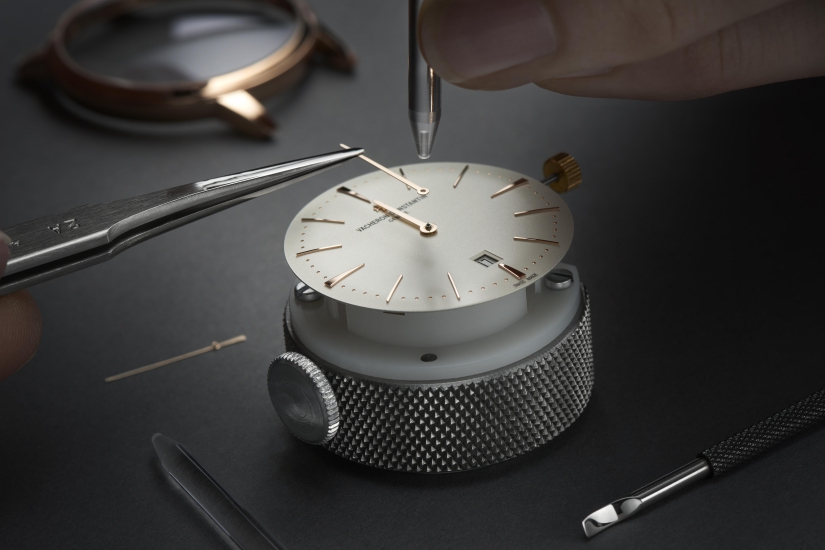
To continue the partnership established in 2019, Vacheron Constantin was invited by the Louvre Museum to participate in the auction event “Bid for the Louvre.” Valuing art and culture as their most precious assets, Vacheron Constantin is dedicated to protecting and passing on various artistic treasures. As a special presentation, Vacheron Constantin has created a masterpiece from Les Cabinotiers attic craftsmen, along with a personalized “experience” specially tailored by collectors themselves.
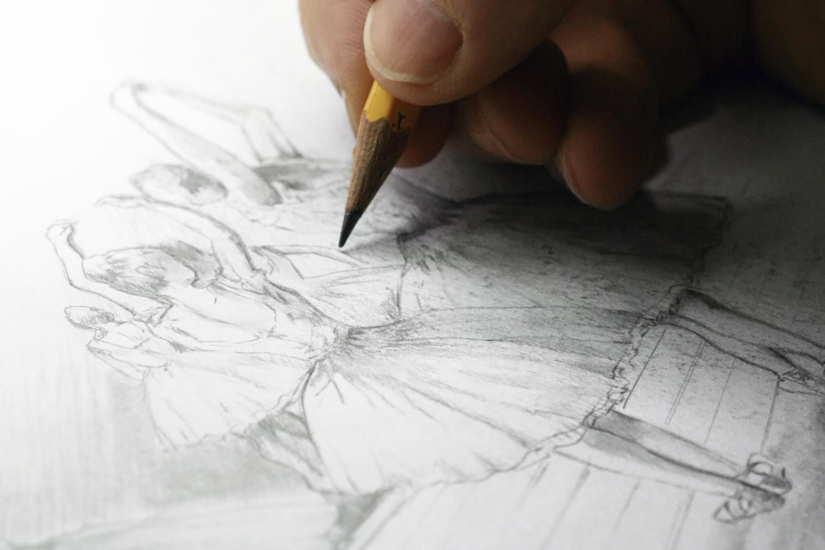
After successfully bidding on a watch, the collector will first embark on a private guided tour led by a Louvre curator, delving deep into the Louvre and learning the stories behind different collections. The collector can then choose an art treasure from the museum and have it meticulously reproduced on the watch dial by Vacheron Constantin’s master craftsmen in micro-painting or grayscale enamel. In the second part, the collector will be invited to visit Vacheron Constantin’s headquarters in Geneva, join the craftsmen, and personally participate in the customization process. The brand also offers personalized services, allowing the collector to create their own Les Cabinotiers timepiece tailored to their preferences, from the case material to the engraved case back to the strap selection. Apart from the bidding amount, the entire experience alone is truly priceless and believed to be an experience that can be cherished in the future.
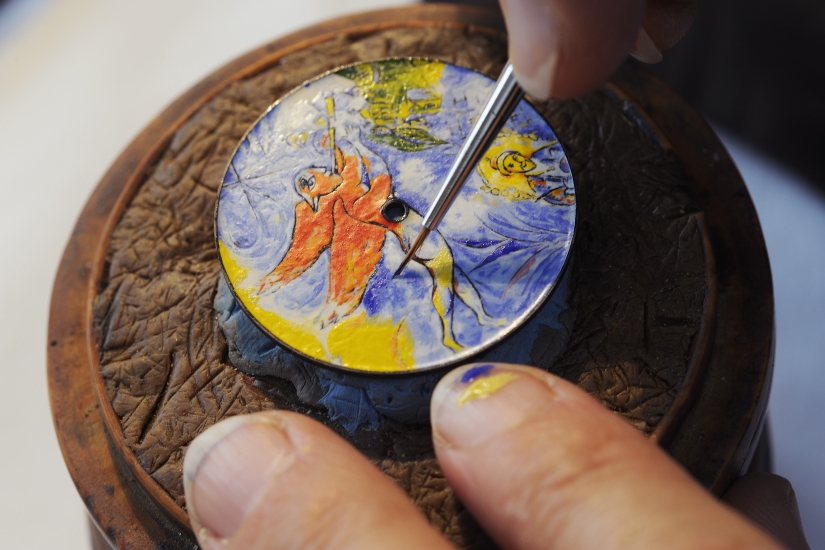
As for the enamel craftsmanship on the Les Cabinotiers dial, what are the differences? In the history of Vacheron Constantin, enamel craftsmanship can be divided into two techniques: miniature painting and grayscale. The former can be traced back to the 18th century, and since then, only a very small number of experienced craftsmen in the watch factory can master this complex craft. Vacheron Constantin has also revealed the brand’s high standards for enamel craftsmen, with only about less than 10 craftsmen out of every 200 craftsmen being accepted by the brand in the long term. In terms of the process, craftsmen need to adjust the light, shadow, and color tones of the selected original work to create a rich and accurate enamel color. After painting, it is put into the kiln and fired at a temperature of over 800 degrees Celsius more than twenty times. Each time, the craftsman must observe the gloss and color changes of the enamel on the dial with the naked eye. If any mistakes occur, they must start over immediately.
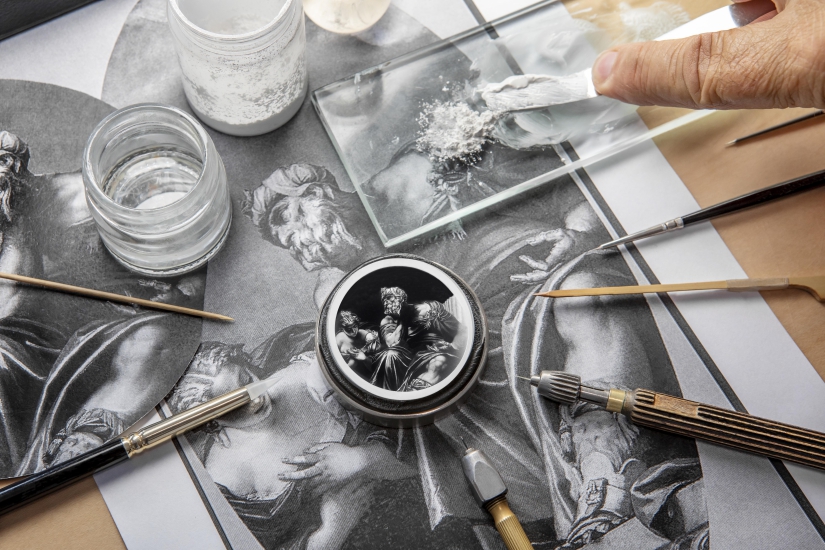
As for grayscale enamel, it appeared as early as the 16th century, made from a rare white enamel glaze called “Limoges white”. Craftsmen need to paint layers on a gold watch dial that is already covered with dark enamel. The technique depends entirely on the stacking of each layer, as each layer of glaze needs to be immediately fired in a kiln after completion. Similarly, the firing process requires careful observation by craftsmen, as any slight mistake would waste time and effort.
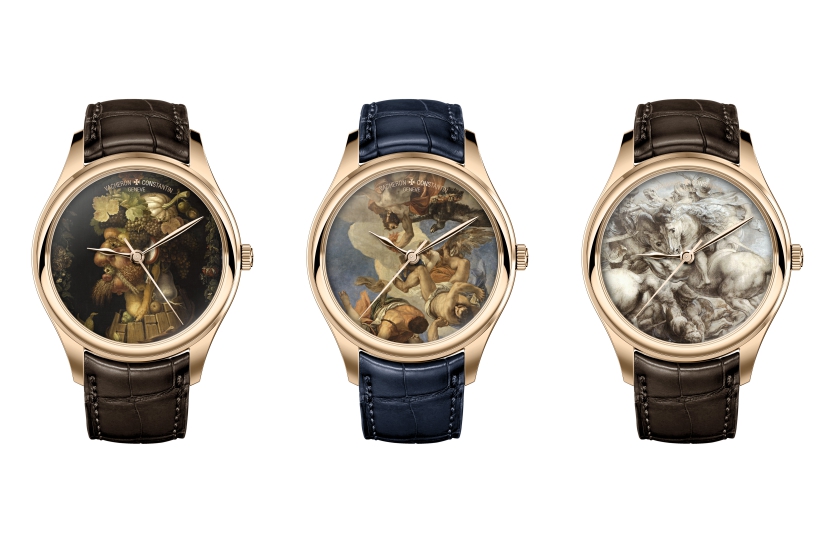
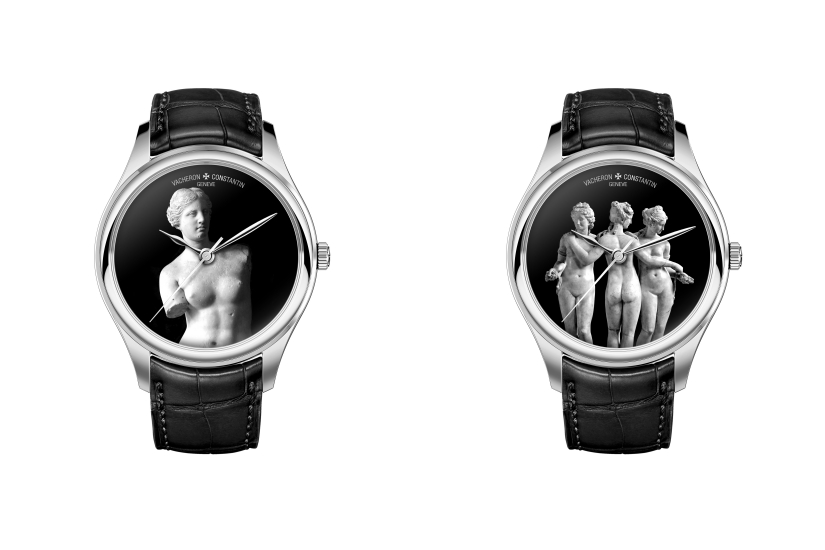
The brand states that collectors will receive two certifications upon receiving the watch: one from Vacheron Constantin and one from the Louvre Museum, proving that the timepiece is a museum-grade artwork. Since this is a special production by the brand, the craftsmen at Vacheron Constantin have already started working on several potential creations inspired by various art treasures in the Louvre. These creations include enamel micro-painted pieces referencing famous works such as “Autumn” by Italian Renaissance painter Giuseppe Arcimboldo, self-portraits of the famous 18th-century French female painter Elisabeth Vigée le Brun and her daughter, and “The Battle of Anghiari” by early French Baroque artist Pierre Paul Rubens, which has been considered the closest to the original work by Leonardo Da Vinci since the 17th century. The grayscale enamel pieces include masterpieces like the “Vénus de Milo” from the Louvre and the largest sculpture art from the Palace of Versailles, “Horse of Marly.”
【Bid for the Louvre】Bidding is now officially open online, and art enthusiasts and watch collectors who are interested are certainly welcome. For friends who are curious about the price at which such a unique experience will be sold, you may also want to keep an eye on the Christie’s website.

